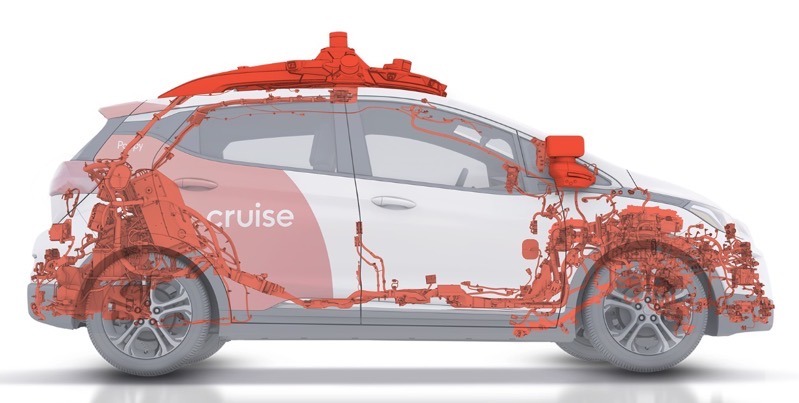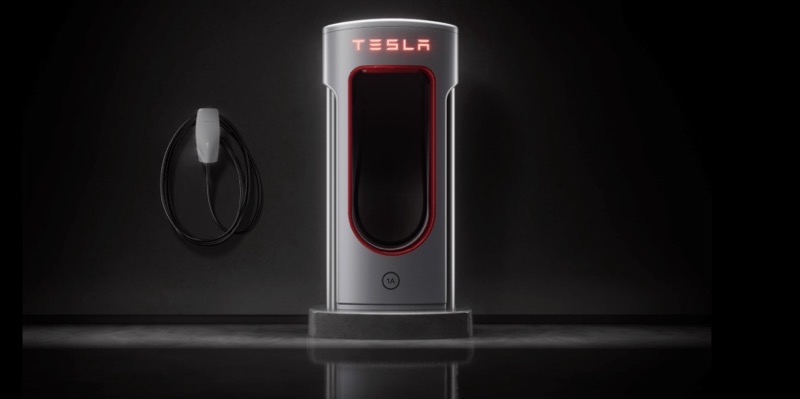
GM’s Cruise Cuts 900 Jobs from Self-Driving Unit, 24% Gone
Cruise, General Motors’ troubled self-driving car subsidiary, announced it is laying off approximately 900 employees, equating to 24% of its workforce.
This decision is part of the company’s strategy to reduce costs and restructure operations following an incident on October 2, which involved a pedestrian being struck and dragged by one of its autonomous vehicles.
The workforce reduction was communicated through an email sent by Mo Elshenawy, the recently appointed president and CTO of Cruise, to the company’s entire 3,800-person staff.
TechCrunch obtained the memo, which states Elshenawy’s regret about the move: “We knew this day was coming, but that does not make it any less difficult—especially for those whose jobs are affected.”
According to the email, the layoffs will primarily affect non-engineering roles, focusing on field workers, commercial operations, and corporate staffing. Cruise also terminated additional assignments of contingent workers involved in its driverless operations. However, the engineering department, which forms a significant part of the workforce, will largely remain intact, as per the email and information from internal sources.
Elshenawy’s email outlined the nature of the staff reductions: “Today, we are making staff reductions that will affect 24% of full-time Cruisers, through no fault of their own. We are simplifying and focusing our efforts on returning to service in a more limited set of markets and on a simplified set of platforms.”
This workforce reduction follows the recent dismissal of nine senior leaders at Cruise, including COO Gil West and David Estrada, head of government affairs. These changes came in the wake of executive reshuffling that saw the appointment of Jon McNeill as co-chair of the Cruise board and Craig Glidden, GM’s EVP of legal and policy, as chief administrative officer at Cruise.
GM Chair and CEO Mary Barra had previously indicated a more “deliberate” approach to Cruise’s operations. This involves reducing Cruise’s spending by hundreds of millions of dollars in 2024, which many anticipated would lead to significant layoffs.
Cruise has faced heightened scrutiny from state, local, and federal agencies since the October 2 incident. Its operations in San Francisco have also drawn criticism from the public and city officials, particularly after obtaining the final permit required for commercial operation from the California Public Utilities Commission in August.
Incidents involving Cruise vehicles, such as blocking traffic and entering a construction site, along with a collision with an emergency response vehicle, have raised concerns about the company’s operations and safety protocols.


